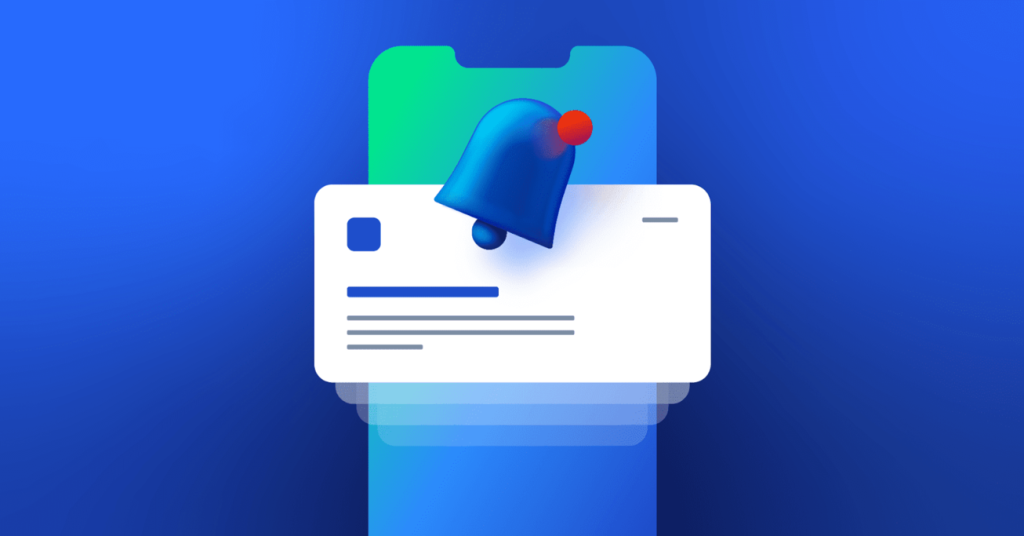
In the digital age, businesses have a plethora of communication channels at their disposal. Among these, email, SMS, and push notifications are three of the most popular methods for reaching customers. But which one is the most effective? This blog explores the strengths and weaknesses of each method to help you determine the best communication strategy for your needs.
E-mail: The Classic Communication Tool

Strengths:
- Detailed Content: Email allows for longer, more detailed messages. This is ideal for sending newsletters, product updates, or comprehensive information.
- Formatting Options: Rich formatting options (images, links, attachments) make it easy to create visually appealing content.
- Segmentation: Businesses can segment their email lists for targeted marketing, increasing the chances of engagement.
Weaknesses:
- Low Open Rates: Many emails go unopened due to overflowing inboxes. According to recent studies, average open rates hover around 20%.
- Spam Filters: Emails can easily get caught in spam filters, reducing delivery rates.
SMS: Instant and Direct

Strengths:
- High Open Rates: SMS boasts impressive open rates, often exceeding 90%. People are likely to read text messages within minutes of receiving them.
- Conciseness: SMS forces brevity, making it perfect for quick updates or alerts, like appointment reminders or flash sales.
- Immediate Delivery: Texts are typically delivered instantly, ensuring timely communication.
Weaknesses:
- Character Limit: The 160-character limit can be restrictive for detailed messages.
- Cost: Sending SMS can be more expensive than email, especially for large audiences.
Push Notifications: Engaging and Interactive

Strengths:
- Real-Time Engagement: Push notifications are ideal for sending timely updates, alerts, and reminders directly to users’ devices.
- Highly Targeted: Businesses can segment their audience and send personalized notifications based on user behavior and preferences.
- Increased App Engagement: For businesses with apps, push notifications can significantly increase user engagement and retention.
Weaknesses:
- Notification Fatigue: Excessive notifications can lead to users disabling them or uninstalling apps.
- Limited Context: Like SMS, push notifications have character limits, making it challenging to convey detailed information.
Conclusion: Choosing the Right Channel
The effectiveness of email, SMS, or push notifications largely depends on your goals and target audience.
- For detailed information and nurturing customer relationships, email is the go-to choice.
- For immediate alerts and high engagement, SMS is unmatched in its speed and open rates.
- For app-based engagement and real-time updates, push notifications are highly effective.
Ultimately, a multi-channel approach that leverages the strengths of each medium may yield the best results. By understanding the unique advantages and limitations of email, SMS, and push notifications, businesses can tailor their communication strategies to better connect with their audiences.
Here’s a comparison table summarizing the effectiveness of Email, SMS, and Push Notifications:
| Feature | SMS | Push Notifications | |
|---|---|---|---|
| Open Rates | ~20% | ~90% | Varies; often high (~50-80%) |
| Character Limit | No limit (detailed content) | 160 characters | Limited (varies by platform) |
| Delivery Speed | Typically minutes to hours | Instant | Instant |
| Cost | Generally low, especially in bulk | Higher per message | Usually low (app-dependent) |
| Segmentation | Highly customizable | Basic segmentation | Highly targeted based on behavior |
| Content Format | Rich (text, images, attachments) | Plain text | Simple text, images, buttons |
| Best Use Cases | Newsletters, detailed updates | Alerts, reminders, promotions | App alerts, real-time updates |
| User Engagement | Moderate; relies on quality | High; immediate engagement | High; can drive app usage |
| Risks | Spam filters, low visibility | Costs for bulk messaging | Notification fatigue, app uninstall |
This table provides a clear overview of each communication method’s strengths and weaknesses, helping you choose the most effective option for your needs.